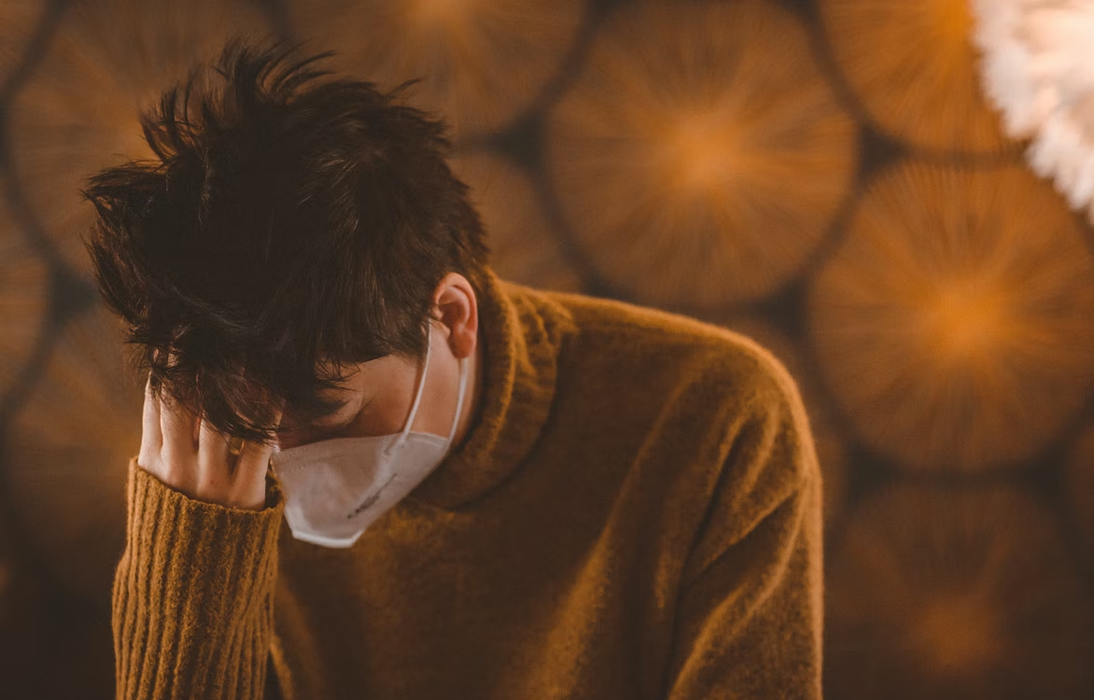COVID-19
Researchers May Have Found an Explanation for Long-term COVID Symptoms
Post-acute sequelae of COVID-19, also known as long COVID, encompasses a range of symptoms, including fatigue, anosmia, memory loss, gastrointestinal distress, and shortness of breath. The World Health Organization reports around one quarter of individuals with COVID-19 continue to experience symptoms 4 to 5 weeks after a positive test and approximately 1 in 10 have continuing symptoms after 12 weeks.
Despite recent studies, the underlying etiology of long COVID has remained as an hypothesis.
Recently, researchers investigated the antigens of SARS-CoV-2 in blood plasma samples collected from individuals with long COVID and typical COVID-19 infection. The preprint of the study appears on medRxiv.
Spike Protein Present for Up to a Year
For the study, the team analyzed plasma samples of a cohort of 63 individuals previously infected with SARS-CoV-2, 37 of whom were diagnosed with long COVID. For those with long COVID, blood samples were collected 2 or more times up to 12 months after their first positive result with either a nasopharyngeal swab RT-PCR test or an anti-SARS-CoV-2 antibody test.
The researchers detected that the spike protein was present in the blood of the majority of long COVID patients, up to 1 year after they were first diagnosed with COVID-19.
The other levels of antigens that they evaluated were the S1 subunit of spike protein, and the nucleocapsid of the virus. The spike protein was detected in 60% of the long COVID patients, and when compared with typical COVID-19 infection, the researchers did not detect spike protein in any of those patients.
The researchers believe that the presence of the spike protein in most long COVID patients suggests an active persistent viral reservoir that causes a continued activation of the immune system, and the symptoms of long COVID.
Source:
Zoe Swank, et al. Persistent circulating SARS-CoV-2 spike is associated with post-acute COVID-19 sequelae. 2022. MedRxiv. doi: https://doi.org/10.1101/2022.06.14.22276401
Image from:
Photo by Heike Trautmann on Unsplash

